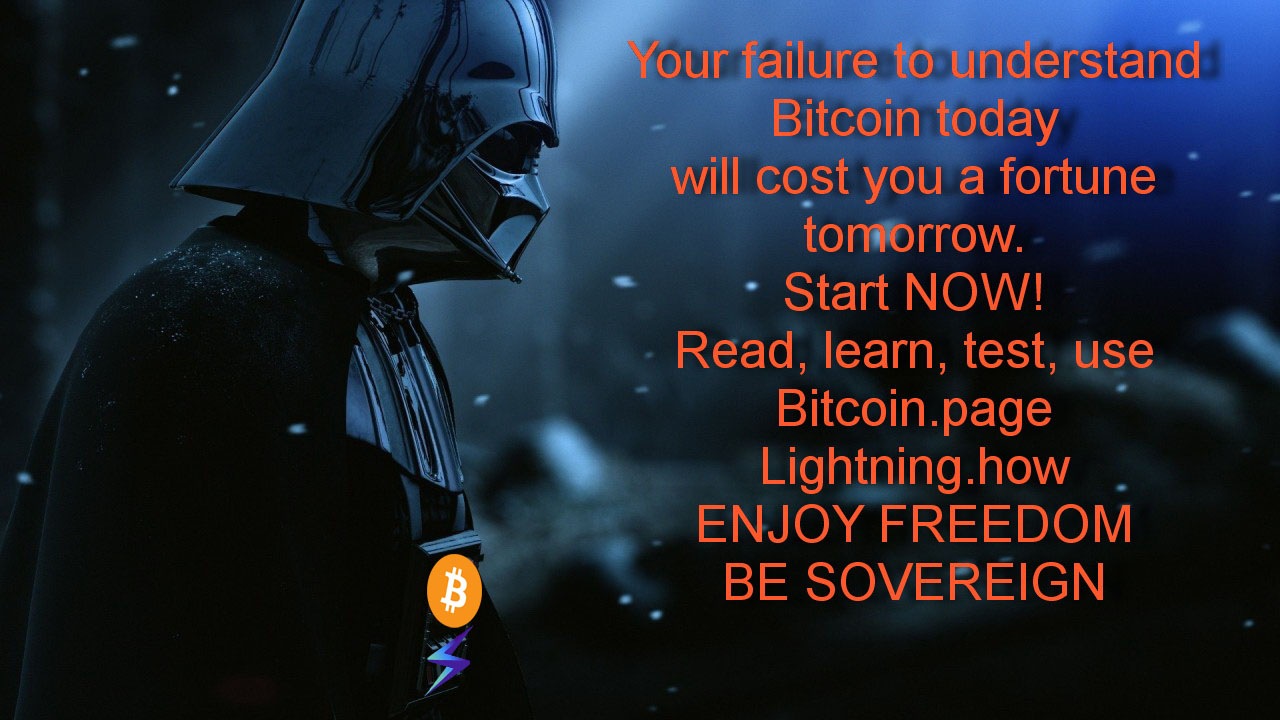I’m just now entering the world of Bitcoin, and right away, I came across concepts that felt completely alien to me—Lightning Network, on-chain, custodial and non-custodial, UTXO, satoshis, stacking, and many others that I keep discovering every day.
After a week of intense study, many of these terms no longer sound so strange, and I now have a basic understanding of what they mean. At least in a conversation with crypto veterans, I wouldn’t feel completely lost.
But there’s still one concept that confuses me and pushes me away every time I try to understand it better—not because it’s forbidden knowledge, but because it’s too complex for me to grasp and even to implement based on my needs: the Lightning Network.
This is where our beloved sats circulate—tiny fractions of BTC used in daily transactions of small amounts. The Lightning Network is faster than Bitcoin’s standard on-chain network. And that’s where my doubts begin: if Bitcoin’s golden rule is “not your seed, not your coin,” where are the seeds in Lightning? Are there only non-custodial wallets? Why are transfer fees between networks so high? Is it truly secure?
In my search for answers, I came across even more concepts—nodes, channels, channel purchases—just like everything in the BTC universe.
Okay, time to stop and accept using custodial wallets, where I don’t have real control over my sats.
But Bitcoin’s philosophy is financial freedom and total control over your coins. Let’s not get into the topic of exchanges and fiat banks that control the money of those who use BTC more as an asset than as a free currency. So how can I take control?
Channels. Buy your channel, keep it online 24/7, and receive your sats. A complicated concept for any newbie like me.
And here’s my dilemma: is it worth opening and maintaining a channel, not knowing if I’ll have frequent deposits, just to truly own the few sats I have?
This is the journey I’m on, and I’ll be sharing everything I learn along the way. I appreciate any guidance for someone as lost as I am.
